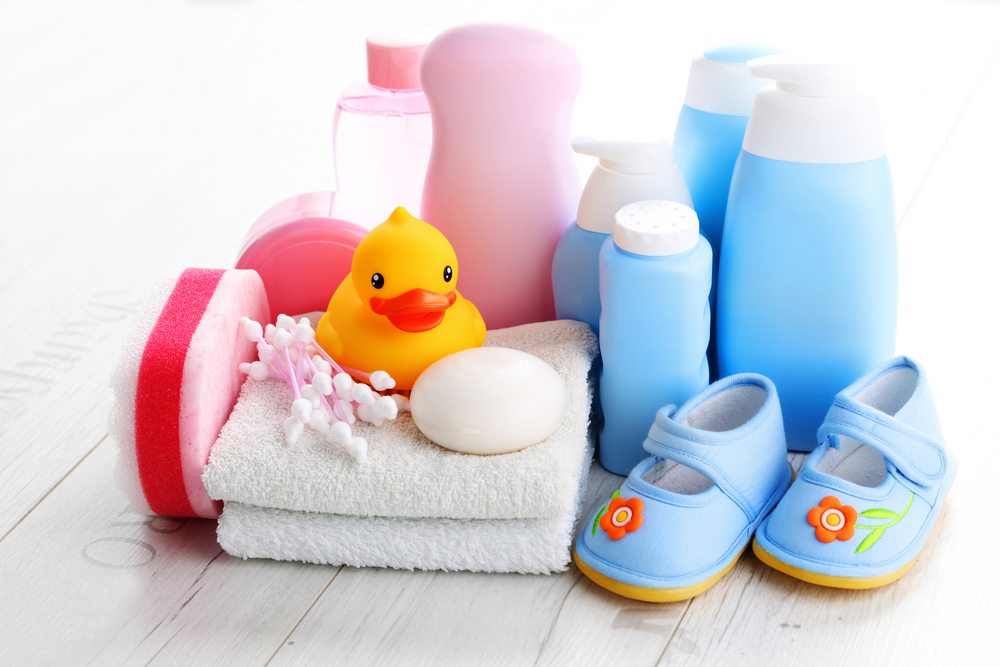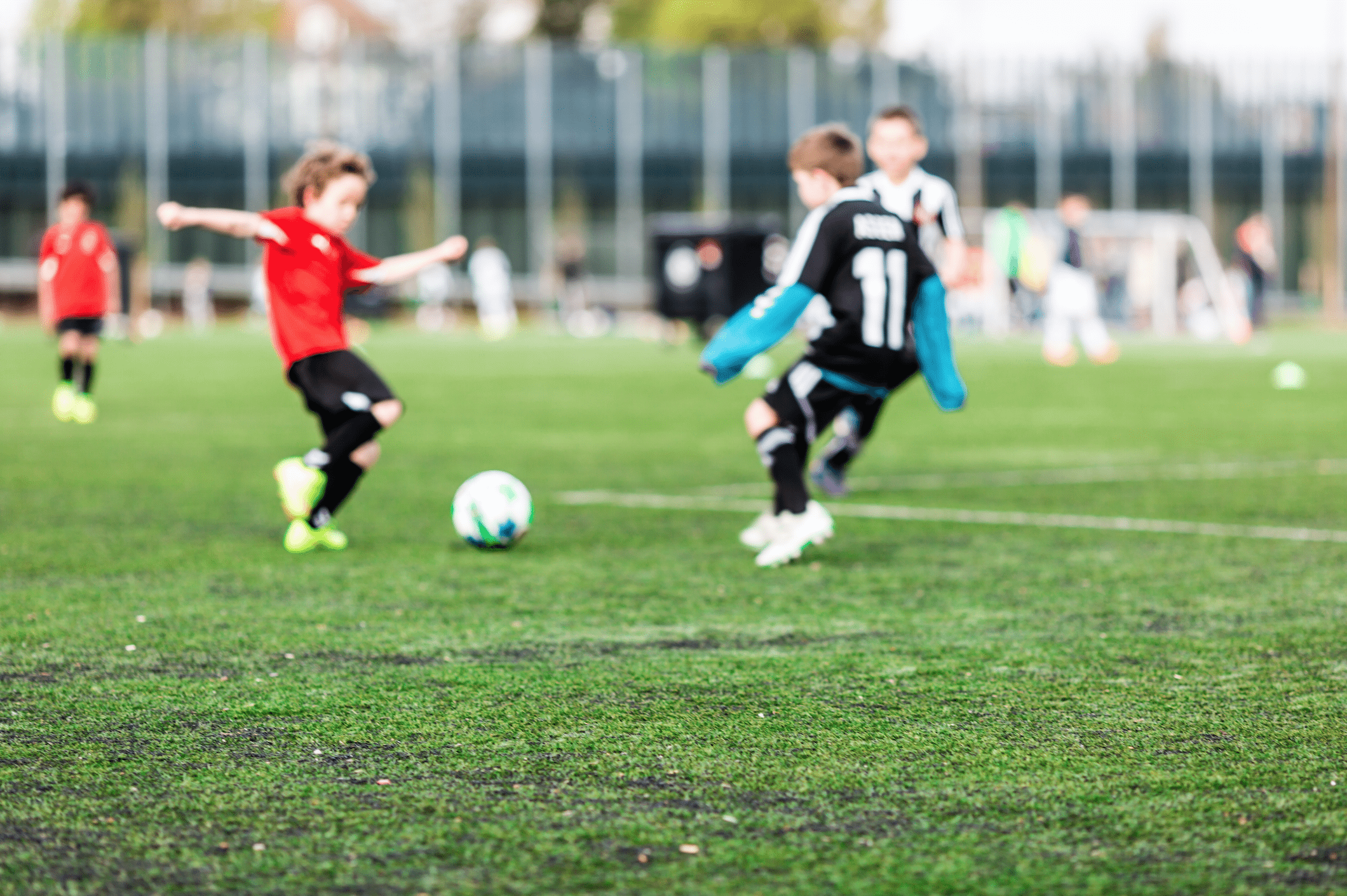By Megan Boyle, Editorial Director, Healthy Child Healthy World
Reproduced with the permission of the Environmental Working Group, www.healthychild.org.
From shampoo to toothpaste, sunscreen and lotion, the average child is exposed to numerous chemical ingredients every day through common body care products.
Where can concerned parents start to reduce that exposure?
Here are the five most worrisome ingredients in body care products for kids. Healthy Child Healthy World breaks down the risks – and how to avoid them.
- Methylisothiazolinone (MI and MCI)
This preservative – common in sunscreens marketed to children – is a potent allergen that has been linked to serious skin reactions and painful rashes.
What you can do: Look out for methylisothiazolinone in sunscreens, baby wipes and products labeled “hypoallergenic.” Visit EWG’s Guide to Sunscreens to find products made without it and steer clear of these 11 Worst Sunscreens for Kids.
- 2-Bromo-2-Nitropropane-1,3 Diol (bronopol) and DMDM Hydantoin
These antimicrobial preservatives work by releasing formaldehyde, a human carcinogen. They are also linked to allergies and skin irritation and may be toxic to internal organs.
What you can do: Look out for bronopol on ingredient lists for CVS diaper wipes and cosmetics products such as facial cleansers, nail polish and moisturizer. Look out for DMDM Hydantoin in hair styling products, shampoos, conditioner and body washes. Visit EWG’s Skin Deep Cosmetics Database to find products made without them.
- Oxybenzone
This active ingredient in sunscreens can disrupt hormones and cause allergic skin reactions. Oxybenzone is used in more than half of all sunscreens on the market.
What you can do: Look out for oxybenzone under “active ingredients” on labels of SPF-rated sunscreens, lip balms and moisturizers. Visit EWG’s Guide to Sunscreens to find products made without it and steer clear of these 11 Worst Sunscreens for Kids.
- Triclosan
An antibacterial agent in liquid hand soap and dishwashing soap, triclosan harms the liver and thyroid. Because it ends up in waste and rinse water, it also harms the environment. Triclocarban, used in bar soaps, has similar effects.
What you can do: Avoid using antibacterial soap and reach for plain soap instead. Look out for triclosan in deodorant or acne treatments and any body product marketed as “antibacterial.” Visit EWG’S Guide to Triclosan to learn more.
- Retinyl palmitate
This form of vitamin A – common in sunscreens and lip products – can cause UV-related skin damage and potential overdosing on vitamin A (particularly dangerous for children and pregnant or breastfeeding women).
What you can do: Look out for sunscreens and SPF-rated skin or lip products that list retinyl palmitate, retinol, retinyl acetate, retinyl linoleate or retinoic acid on the label. Visit EWG’s Skin Deep Cosmetics Database to find products made without them and read The Problem with Vitamin A to learn more.
Remember: using fewer products and using them less often is an effective way to reduce your family’s exposure to chemicals of all kinds.
















